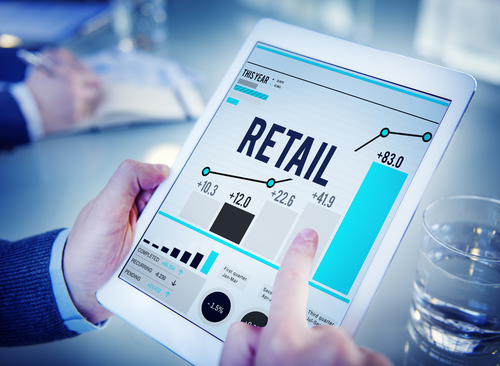Ordinarily, retail management is about a few activities: merchandising, inventory management, employee training, strategies for safety and loss prevention, customer loyalty programs etc. But the current buzzwords are digital retail management.
More and more consumers are turning to digital channels to discover, engage with and shop from retailers. SMB’s (Small and Medium Businesses) seeking to gain a competitive edge and grow their business, need retail operators, managers and employees to drive digitalization.
Digitalization is now a core competency of today’s retail management—the consumer-driven nature of retail needs that businesses keep up with their general customer base.
Retailers must actively pursue being where their customers are. Thus, they must go digital, as this is where most modern customers are located and are pro-active. It is no surprise that digitalization endeavours by retailers are outpacing digitalization by all businesses.
Therefore, the importance of retail management software.
But according to research, digital initiatives still require time to mature into business fruition. Fruition is in terms of top 3 business drivers for digital initiatives:
- Gaining more revenue and customers through better operations
- The greater portion of business through digital channels
- Automating/ enhancing current operations
Importance of data
SMB retailers who wish to stay on top have two main reasons to delve into digitalization:
- Social engagement
Retailers must meet customers where they are, and social media is the place where most modern customers are.
- Online shopping
The popularity of physical stores for shopping is fast losing its sheen. As per research, 66% of SMB retailers are likely to close their physical stores in the next 10 years.
Offering both social engagement and online shopping is vital for SMB’s to sustain and grow a customer base. This is tougher than it sounds. But it is vital to formalize digital efforts because digitalization offers a flood of highly valuable customer data which retailers can use to continually enhance their digitalization strategies and overall business.
Data is at the core of the current business. It is also the lifeblood of future innovation and business endeavours. As per research, three-quarters of numerous SMB’s reaching out to digitalization are requesting data gathering features like inventory management and sales reporting. Retail software solutions depend much on data.
How to implement digitalization?
SMB’s can set off on digitalization with a few easy steps:
- Identify the current stage
After determining this, you can set realistic goals and how you can get there. Gartner’s’ five stages of digital business growth are: Desire (do research and develop concepts and strategies), Design (come up with actionable and affordable concepts), Deliver (the digital strategy is put in place), Scale (strategy ramped up on social channels) and Harvest (gaining ROI).
- Continually improving customer experience, both digitally and in-store.
For this, you can make the most out of your current business by optimizing the customer experience. You must develop a goal and social strategy for each social post. After this, constantly measure the success of digitalization and tweak strategy accordingly.
- Ensure the placement of the right software
There must be a POS system with some sort of data analysis/ reporting. Eventually, you need to develop an e-commerce platform for enhancing exposure for online shopping. There is also a need for an advanced customer data collection and analysis tool for making crucial decisions.
In sum, digital retaining is done with a focus on the customer. It should be a connecting experience which permits customers to understand every step of the shopping process. AN SMB must try to gain the best retail management software , suited for its business.



